In recent years, we’ve seen a growing emphasis on diversity, equity and inclusion (DEI) in marketing. As a passionate marketer with over two decades of experience and being the CEO of a mission-driven marketing and advertising agency, I’m thrilled by this news. Our world, nations and communities are extremely diverse, and marketing teams are increasingly adapting to reflect this.
Still, many marketers have questions:
What is diversity in marketing?
Why is it important?
I think I have room to improve. Where should I start?
Let’s explore the history of diversity in marketing, its importance and practical strategies to help you implement it at your organization.
The Evolution of Diversity in Marketing
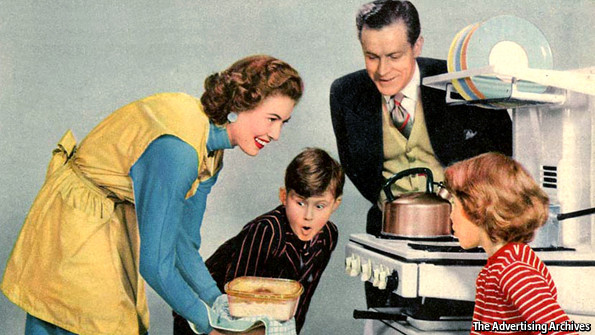
In the not-so-distant past, most marketing and advertising featured homogeneous images and stereotypes. These were based on perceived social norms and narrow views of beauty, success and identity. However, as our society has become more diverse and interconnected, consumers have begun to demand more authentic representation in advertising.
The shift towards diversity in marketing has been driven by various factors, including changing demographics, increased social awareness and the rise of digital media. Today, brands are under increasing pressure to reflect their audiences’ diverse identities and to embrace inclusivity in their marketing messaging.
Common Pitfalls

Diversity in marketing is not:
- Shoehorning in a “diverse” stock photo here and there (see sample above)—These types of images can feel forced and inauthentic.
- Stereotyping your audience—This is a surefire way to alienate and offend your audience members.
- Straying too far from your usual brand, content and messaging—A sudden, extreme departure is likely to fall flat.
Understanding Diversity, Equity, and Inclusion (DEI) in Marketing
Before we delve into practical strategies for implementing diversity in marketing, it’s essential to understand what DEI means in this context.
- Diversity: Diversity encompasses the broad spectrum of characteristics that individuals may have. These include:
- Races
- Cultures
- Genders
- Sexual orientations
- Ages
- Religions
- Education levels
- Abilities, both physical and mental
- Belief systems
- Socioeconomic statuses
- Equity: Equity supports the idea that all people have the basic human right to be treated fairly and justly, regardless of their background or identity.
- Inclusion: Inclusion involves creating environments where all individuals feel valued, respected and supported. It goes beyond mere representation to encourage people to show up as their true selves and express themselves authentically.
In the context of marketing, DEI means creating branding, campaigns, messaging and experiences that reflect the diversity of the audience while promoting inclusivity.
The Business Case for Diversity in Marketing
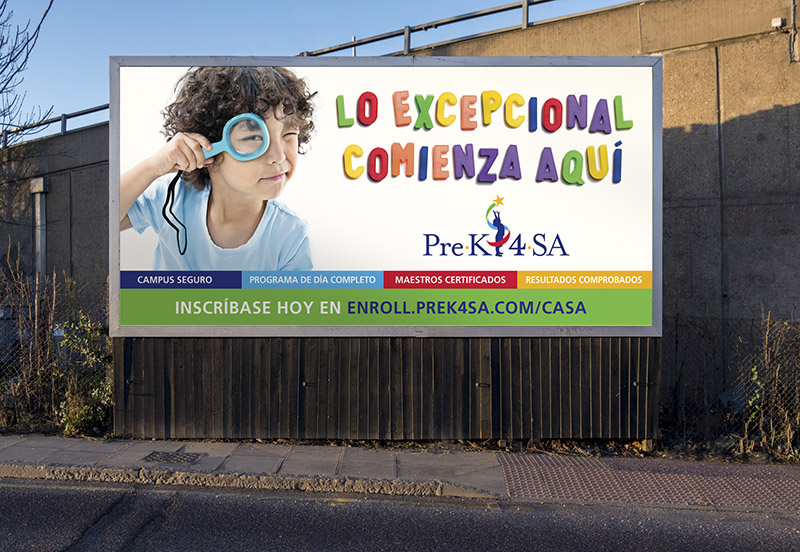
In addition to moral imperatives, diversity in marketing also makes good business sense. Numerous studies have found that companies with diversity in their marketing outperform their less diverse counterparts in terms of innovation, creativity and financial performance. Consumers today are increasingly conscious of the values and practices of the brands they support, and they are more likely to engage with companies that demonstrate a commitment to diversity and inclusion.
Consider these illuminating stats:
- More than 6 out of 10 Americans believe that diversity in advertising is crucial.
- 45% of consumers are willing to pay more for a product from a brand that reflects and promotes DEI.
- 46% of consumers go out of their way to choose brands that have corporate commitments to DEI.
A lack of diversity in your marketing is a major lost opportunity. But implementing diversity is a huge undertaking for one person or one small team. If you need help, reach out to my team and we’ll be glad to help you strategize and start connecting with a more diverse audience.
Strategies for Implementing Diversity in Marketing
Now that we’ve established the importance of diversity in marketing, let’s explore some practical strategies for implementing it effectively.
Identify and Research Your Target Market
When identifying your target market, ask yourself: Do you know who they really are? Would they currently recognize themselves in your company’s marketing and content? If the answer is no (or that you have room for improvement), it’s time to dig deeper.
Even if professional research is outside of your budget, you can still do research the old-fashioned way. Get out and talk with your current customers as well as those members of your potential markets. Find out:
- Who they are
- Why they value (or don’t value) your brand
- What is important to them
- What their concerns are
- What problems they are facing
When asking these questions, listen with an open mind and avoid making assumptions based on your own background, experiences and beliefs.
Authentic Imagery
If possible, use original photography for your marketing imagery. This way, you can control the authenticity of your models (age, race, physical attributes, etc.) and the familiarity of the setting and surroundings.
If original photography is not possible, be very picky in selecting stock photos. Find photos that you’re confident audience members will see themselves in. For example, if every person shown in your ads looks like a supermodel, will that be relatable?
Authentic Language
Language plays a crucial role in shaping perceptions and attitudes toward your brand. Use language that authentically reflects your brand while also connecting with your target audience. If you’re creating a multilingual campaign, ensure that your translator is deeply familiar with the vernacular expressions of your target audience. Give him or her the freedom to “transcreate” the message in your target language.
Better yet, concept and create your campaign in your target language from start to finish. This is more likely to result in a creative and culturally-aware campaign. For example, see this commercial my team created based on a lullaby commonly sung by Hispanic parents to their children.
Employ a Diverse Creative Team
Ensuring that your team is made up of a combination of people of different genders, age groups, ethnicities and sexual orientations is one of the first steps toward understanding and embodying diversity. Those diverse teams will also help you attract and connect with more diverse markets.
Unfortunately, it’s human nature to be attracted to applicants like ourselves in background, personality and beliefs. Deliberately break outside of your comfort zone to embrace unique perspectives and backgrounds when hiring. Then, ensure that your team members feel welcome and confident enough to express their diverse perspectives.
Continuous Learning and Improvement
You will never be “finished” with honing diversity in marketing. You should continually examine your marketing and talk with your current and potential markets. Understanding their changing perspectives will help you ensure you are meeting them where they are with your messaging.
Of course, keep a pulse on your organization’s key metrics as well. Diverse and inclusive marketing practices can help your organization achieve success like never before, as in the following examples.
Case Study: Reaching Underserved Communities with SOMOS


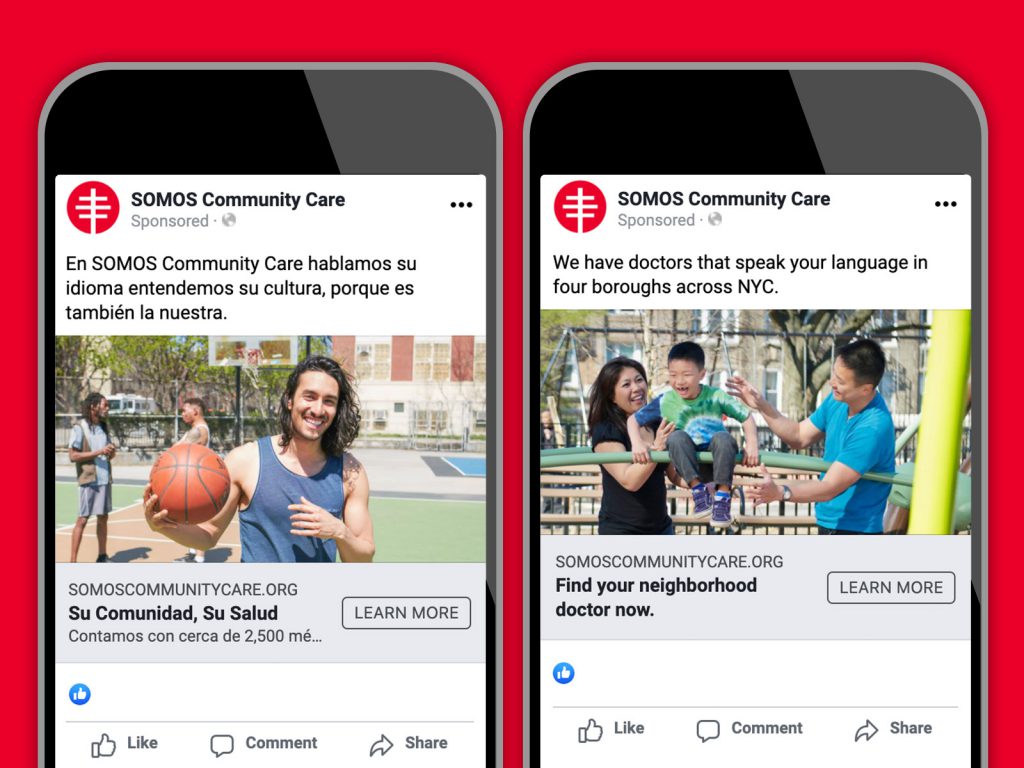
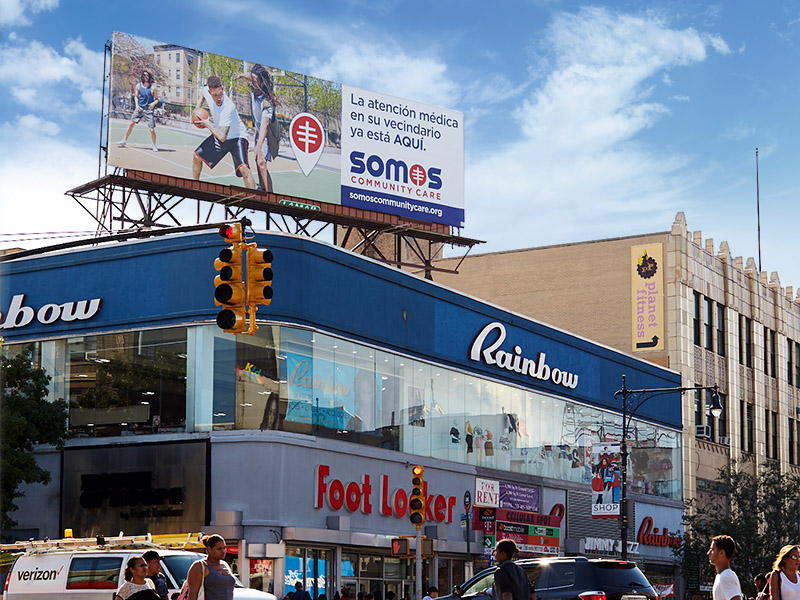
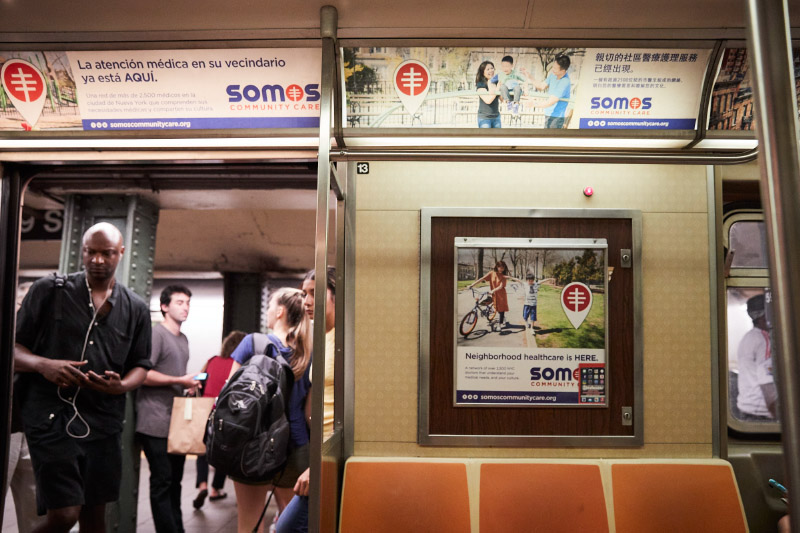
My team at Creative Noggin worked with New York-based healthcare nonprofit SOMOS to engage a diverse audience.
Many Latino, Caribbean, and Chinese immigrants in New York City were not accessing healthcare, even when in dire need of medical services. We learned through our own research that in many cases the individuals were concerned that the U.S. healthcare system was overwhelming and that providers would not speak their language. However, the boroughs were actually full of doctors who lived right within their neighborhoods and spoke their language.
After a great deal of research, authentic photography and carefully crafted messaging, we launched an advertising campaign in Spanish, Cantonese, Mandarin and also English (to reach the adult children of immigrants who often spoke English). We successfully raised awareness that culturally competent medical providers who spoke these individuals’ languages were there to help. Our highly targeted ad campaign included out-of-home, print, digital, social media, and radio, and reached into the neighborhoods of these target markets. The campaign creative addressed their core concerns and needs, showed people who looked like them in familiar neighborhood landmarks to help them understand and feel that healthcare was an attainable and trustworthy part of their community.
More Examples of Inclusive Marketing Done Right
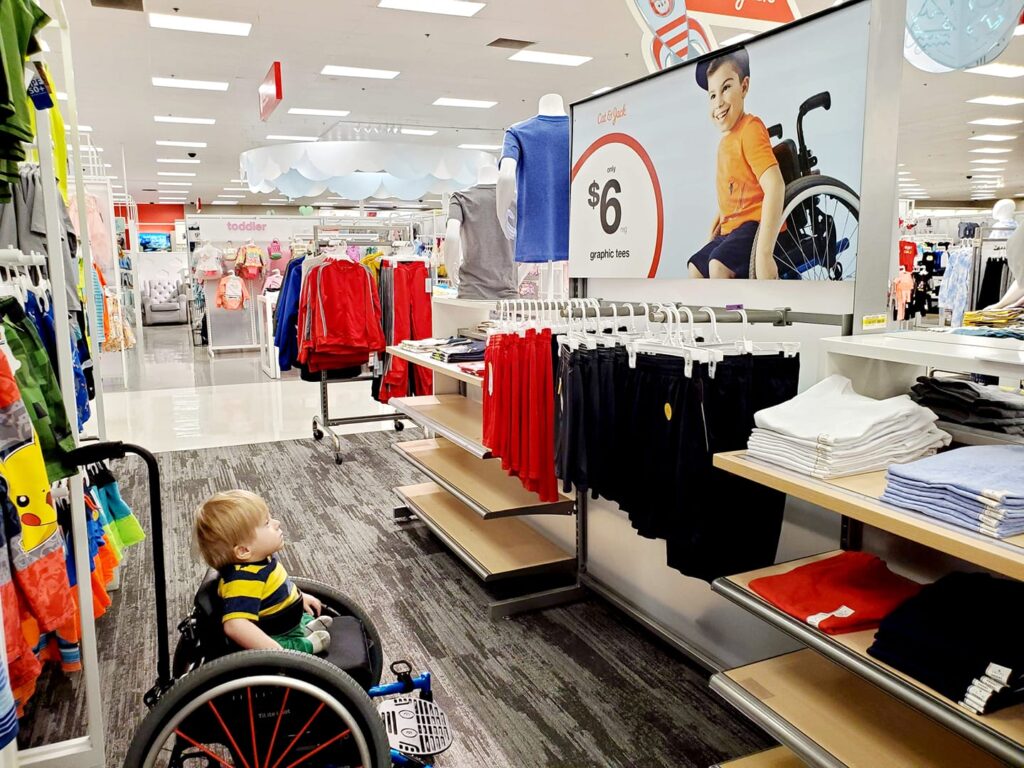
Here are a few other real-world examples of brands that have successfully embraced diversity and inclusion in their marketing campaigns.
- Dove’s Real Beauty Campaign: Since its launch in 2004, Dove’s Real Beauty campaign has been a trailblazer in challenging traditional beauty standards and promoting inclusivity. The campaign’s first series of ads were billboards featuring six curvy women, and within six months, Dove saw a 700% increase in sales!
- Target’s Inclusive Advertising: Retail giant Target has received praise for its inclusive advertising which features a wide variety of races, sexualities, and abilities. Above, two-year-old Oliver looks up in awe at signage showing a boy using a wheelchair just like he does. As his mom said in a Facebook post, “Oliver sees kids every day, but he never gets to see kids like him.” This post went viral on Facebook, spreading lots of positive sentiment about the Target brand.
- Lola Getts Activewear: Lola Getts is a women’s activewear brand committed to size inclusivity. They saw the frustration of many plus-sized women who, in their words, “were completely ignored – or grudgingly accommodated by brands scaling up patterns for products designed with a size 4 in mind.” By featuring models of a diverse size range and communicating a message that speaks to their audience’s pain points, Lola Getts demonstrates effective consumer listening. This has helped the company cultivate a loyal following among women who feel underrepresented in the fitness industry.
We’re here to help.
Ready to start better engaging your diverse audiences? My experienced team is here to help. Reach out to schedule a strategy call. We’ll be glad to help you get to know your markets and connect with them like never before.